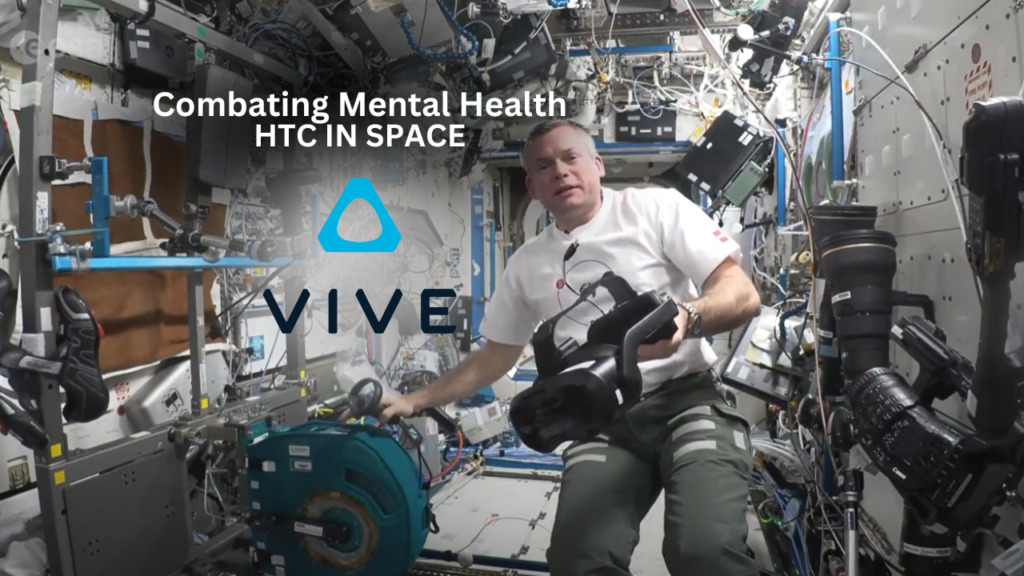Imagine being able to escape the confines of a space station and embark on a virtual journey through the vastness of space. On a recent episode of Q2C-VR Gamer Live , Eric Masher and Todd Jackson spoke with Brandon Connelly from HTC, and thanks to the innovative collaboration between HTC VIVE, XRHealth, Nord-Space Aps and the International Space Station (ISS), this seemingly far-fetched idea is closer to reality than ever before.

The mental well-being of astronauts is of utmost importance during their long-duration missions in space. To address this, one of the best VR headsets on the market, the HTC Vive Focus 3, is being sent to the ISS to provide a solution for improving the mental health of astronauts. With its immersive capabilities and tailored programs, the Focus 3 aims to offer a much-needed escape and relaxation tool for astronauts to combat feelings of isolation and stress in the unique environment of space.
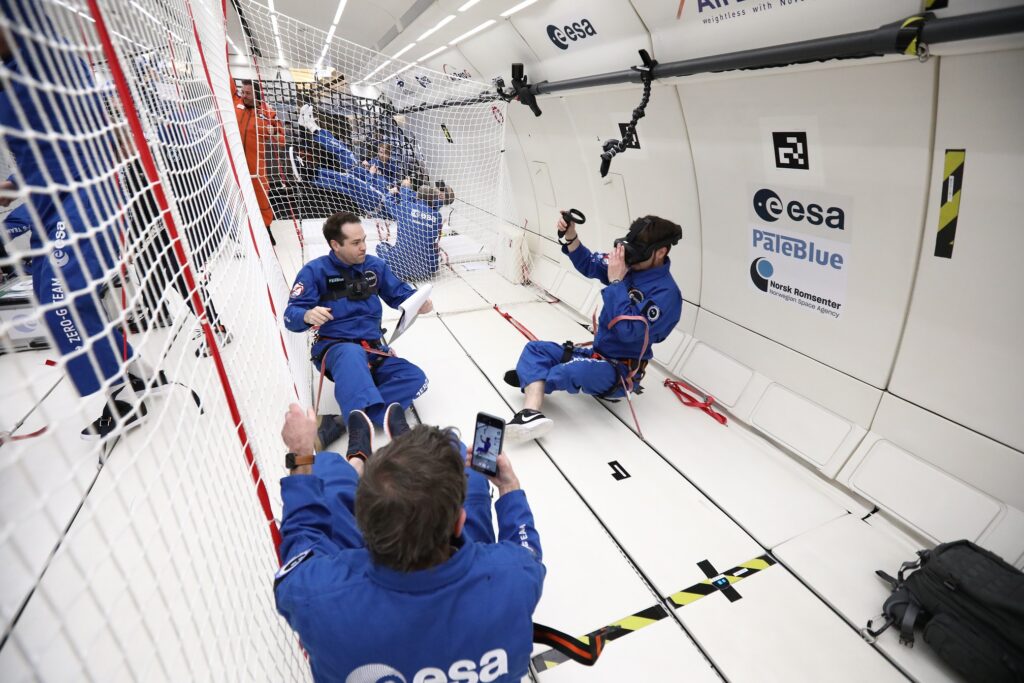
One of the primary challenges of integrating VR technology in space is adapting it to function effectively in a micro-gravity environment. The dedicated engineering team is tirelessly working to configure the Focus 3 headset to seamlessly operate in the ISS conditions. From adjusting the sensors for accurate motion tracking to ensuring the comfort and stability of the headset in zero gravity, every detail is being meticulously considered to provide astronauts with a seamless and immersive VR experience.
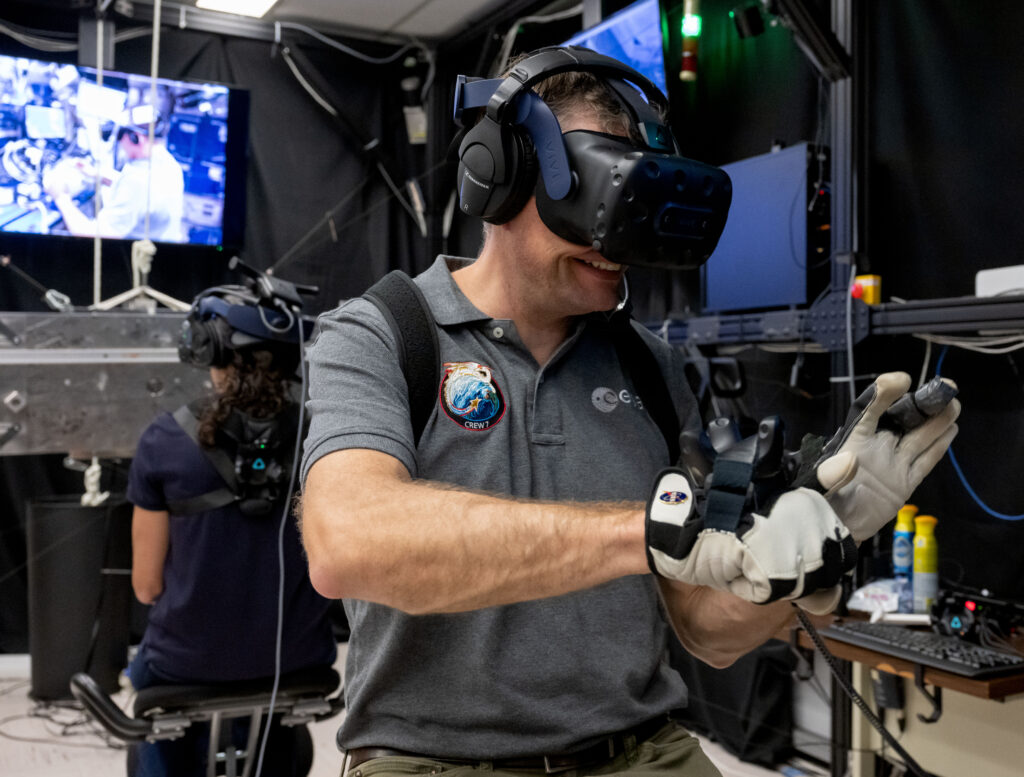
Aside from entertainment and relaxation, VR technology is also being utilized for practical purposes on the space station. Experiments are underway to explore the potential of VR in enhancing astronaut training and mental health. From simulating cycling routes on Earth for physical exercise to creating interactive scenarios for stress relief and mindfulness practices, VR is proving to be a versatile tool for both the physical and psychological well-being of astronauts during their missions.
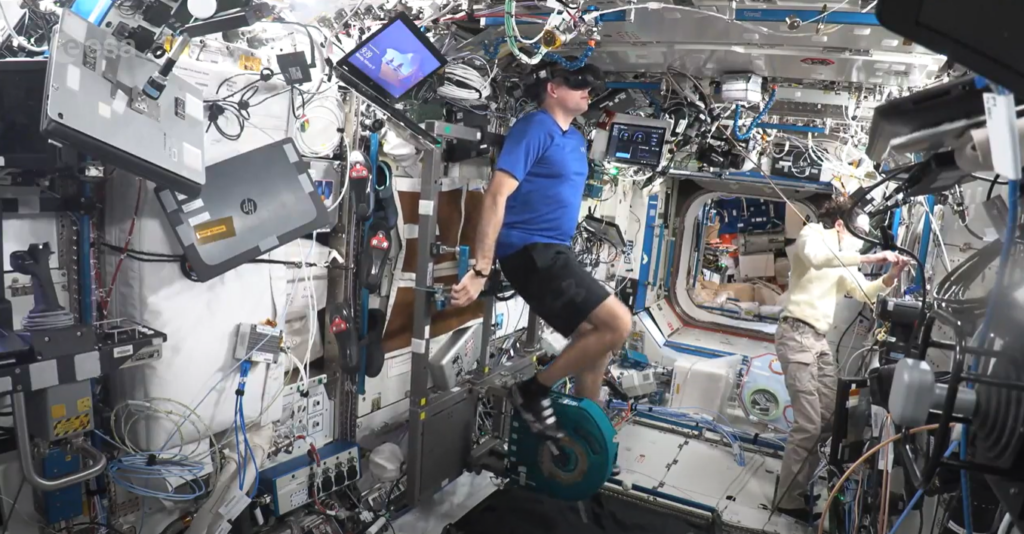
As the boundaries between reality and virtuality blur, the collaboration between VR technology and the ISS is opening up endless possibilities for exploration, innovation, and holistic well-being.

Imagine medical students being able to practice surgeries in a virtual environment, making mistakes without consequences but learning from them in a realistic setting. This not only improves their surgical skills but also increases their confidence when they perform operations in real-life scenarios.
Similarly, VR is being utilized in fields like engineering and architecture, where professionals can visualize and interact with complex designs in 3D space, leading to better collaboration, problem-solving, and ultimately, more efficient project outcomes. One of the most exciting aspects of VR technology is its ability to provide unique experiences and accessibility options for people of all ages and abilities. For individuals with disabilities, VR opens up a world of possibilities by creating inclusive environments where physical limitations are no longer barriers.
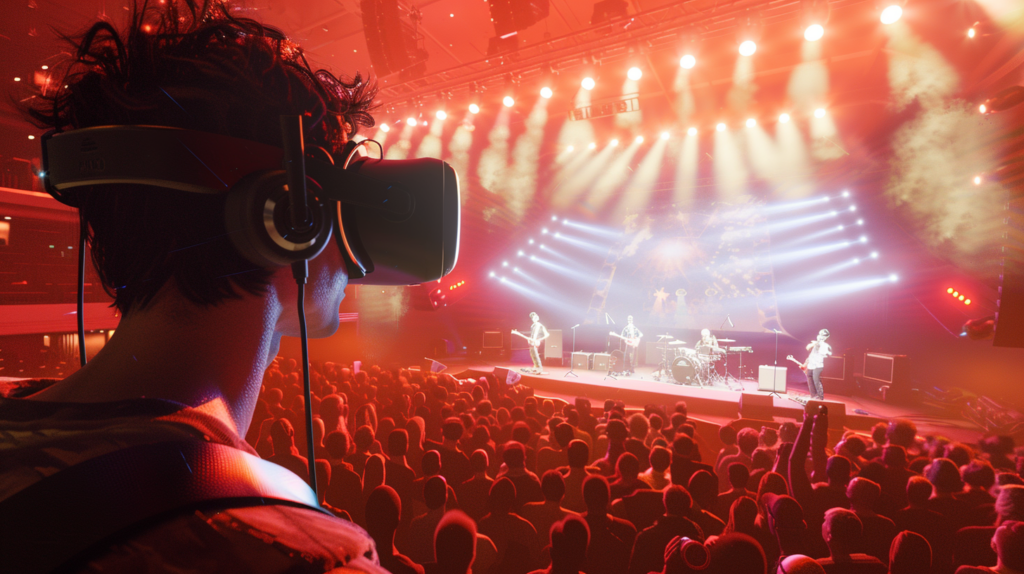
It’s programs like the collaboration with HTC VIVE, XRHealth, Nord-Space Aps and the International Space Station (ISS) that will forever change we can interact with our world. Imagine attending virtual concerts where you can interact with your favorite artists or walking through a virtual museum to explore art and history like never before. From virtual travel experiences for those who are unable to explore the world in person to VR therapy sessions that help individuals overcome fears and phobias in a controlled environment, the applications of VR in accessibility are truly life-changing.
As we look ahead to the future of VR technology and its applications, one thing is certain – the excitement and enthusiasm surrounding this transformative technology will continue to grow, shaping the way we learn, create, and experience the world around us in ways we have yet to fully comprehend.
Watch the entire interview here on Q2C-VR Gamer Live.


